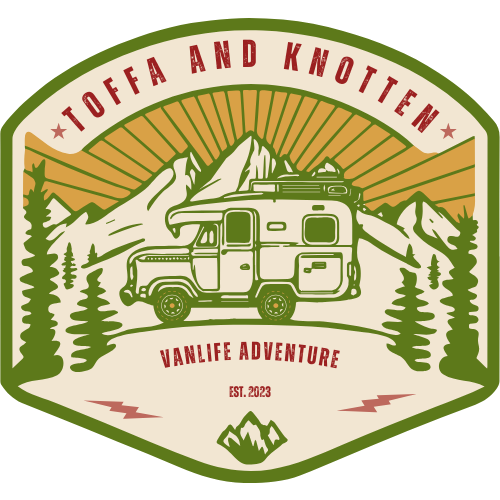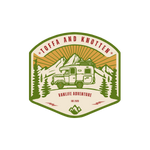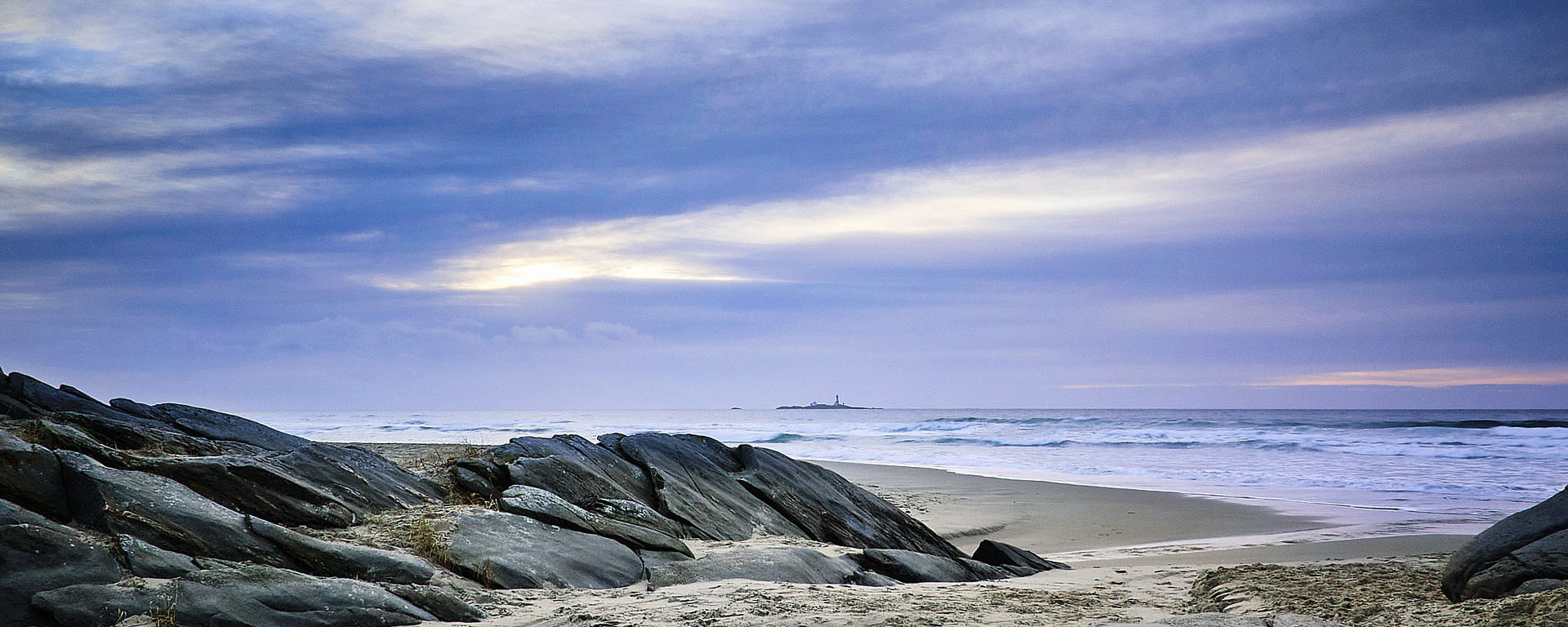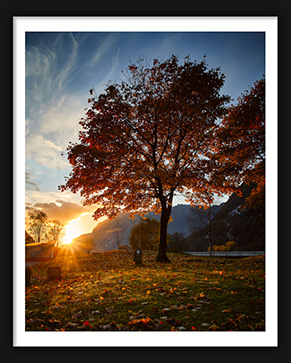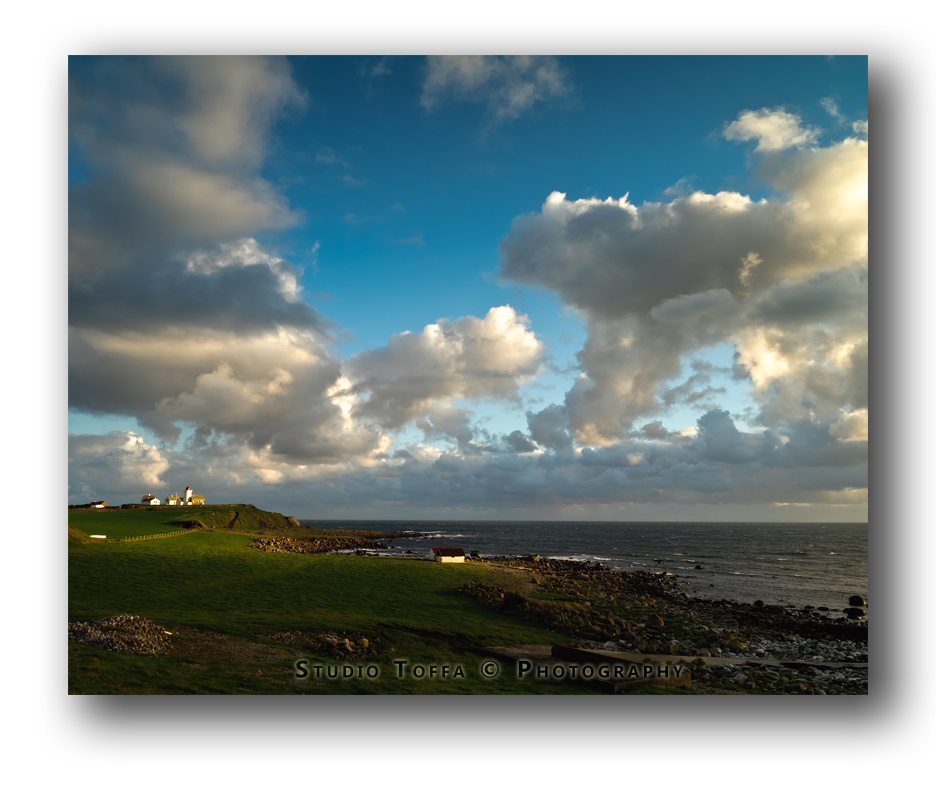The gear I use revisited
Camera
- Full FX (36 MP)
- 4×5 (30 MP, my default setting)
- DX for nature/wildlife work with auto-iso
- Full FX for nature/wildlife with auto-iso
- General
- Zone System (my default setting)
- Nature
Lenses
I also have a Nikon AF 50mm f1.8 D and a Nikon non-AI 28mm f3.5 in my camerabag. The Nikon AF50 mm is a lens I either use for portraits in lowlight, consertphotography or close-up photography when I need more controll and sharpness. This lens is top notch, no more to say. The Nikon 28mm is mainly for landscape when I need more control of the settings and need to reduse the weight in windy conditions.
Filters
In the square/rectangular section of the filters I use a variety of different neutral density filters. I use 85mm Formatt Hitech with Hitech 85mm modular filterholder. The filterholder I use for the standar neutral density filters in a range from 0.3 to 0.9, often combined with a circular polarizer to gain a extra 2 stop from the polarizer, making the range og increasing the range to a maximum of 6 stops. A difference to earlier is that I now more employ the use of filterholder both for standard and graduated ND-filters.
My set of square filter roster contain these
Formatt Hitech 85 mm
ND Standar 0.3
ND Standar 0.6
ND Standar 0.9
ND Grad Soft edge 0.3
ND Grad Soft edge 0.6
ND Grad Soft edge 0.9
ND Grad Soft edge 0.3
ND Grad Hard edge 0.6
ND Grad Hard edge 0.9
Assessories
Yes, the larges assessory I use is the tripod. My main tripod is either the Giottos MTL-9251 B or Redged RTA-428 with mainly a Giottos MH-5001 3-way head attached. The Giottos is light and quick to setup. Since I’m on a budget, I had to prioritize other equiptment prior to updateing my tripod to carbon fibre. The Giottos MTL-9251 B is an aluminium tripod, with two quicklevers on the legs. These levers are the weakpoint of the tripod as I’ve manage to partially break two of then in fall that happened during a trip two years ago. There’s also a reversible center-colum, that can be replaced with a shorter one, but this is not a option I will chose as the Giottos tripod will be upgraded to either a basalt or carbon fibre tripod. As mentioned I also use a Giottos MH-5001 3-way head as this gives me more stability and more control. It’s more bulky, and not to mention weights twice as much as the Redged RNB-1 I used earlier, but as mentioned gives me more control and smoother operation.
UPDATE
The Giottos MTL-9251B have been replaced by a Feisol CT-3401 Carbon tripod that have been my new main tripod. It’s set up with the Giottos MH-5001 3-way head. The Feisol is without centre colum which has been a feature I’ve been looking for, but this is a feature that is mostly found on more expensive tripods from the makes like Gitzo which is beyond my budget.
The bags I use is Lowepro. My main bag is either the Vertex 300 AW backpack fitted with Lowepro Street and Field Pouch 60 AW, two Lowepro D-Res 25 AW to carry my binoculars and small assessories, and a Street and Field Bottle pouch (discontinoued version) or the DryZone Rover (see here for in-depth info) with the Street and Field Pouch 60AW, a D-Rez 25AW for binoculars, and the Bottle pouch for assessories or waterbottle when I don’t use the included HydraPak hydration system.
For on-site shots like portrait or consert I use Lowepro Nova 5 (simular to the Nova 200 Aw) but lacks the AW part. This bag is what used when I shot film and used to lug around two different systems (Nikon F90x and a Mamiya MSX 500 with three lenses (all prime lenses) or a Canon AE 1). For consertphotography I find the bag now a cumbersome and have plans to change this to a smaller, softer bag. For portrait work I use Elnichrome light stands for my speedlights.
– Nikon MB_D12
– Nikon AF 50mm f1.8D
– Tamron SP 28-75 mm f2.8 Di (I use the old version with aperature ring)
– Tamron SP 70-200mm f2.8 Di (I use the non-VC version)
– Formatt Hitech 85 Series Standar ND set (0.3-0.9)
– Formatt Hitech 85 Series ND-Grad Soft Edge (0.3-0.9)
– Formatt Hitech 85 Series ND-Grad Hard Edge (0.3-0.9)
– Formatt Hitech 85 Series Modular filterholder (remember to also order mounting adapters in the filter diameter of your lens)
– Kenko Pro-1 U/V
– Kenko Pro-1 Circular Polarizer
– Giottos MTL-9251 B
– Giottos MH-5001 3-way head
– Feisol CT-3401
– Redged RTA-428
– Lowepro Vertex 300 AW
– Lowepro DryZone Rover
– Sekonic L-358 Lightmeter
– Sekonic NP-Finder 1° Spot
– Lumiquest Softbox III
– Hänhel Combi RT
– Think Tank Pixel Pocket Rocket
